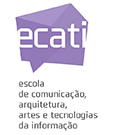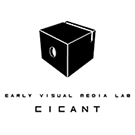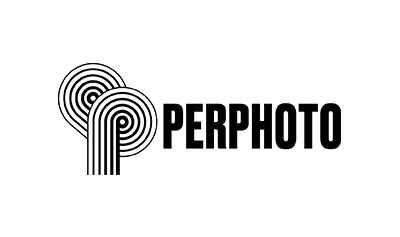Images in between the action. Some Italian experience of immersive “photographic theater” [EN]
Arianna Novaga
Although the notion of Immersive Theater has recently been attributed to a specific genre of Anglo-Saxon origin (presumably born around 2011 with the interactive and site-specific shows of the Punchdrunk group), Italy counts a series of performative events that advanced the times, anticipating all those characteristics that define the current concept of immersion linked to theater: real space, unified, within in the public moves freely; active role and direct participation of the spectators, in interactive sharing with the actors; use of the media, in particular of a visual mold, to fragment a narration that becomes polychronic, so that the public creates their own version of the story.
In an exploratory journey that begins in the mid-nineties and passes through the pioneering Tetralogy of the spectator of the Teatro del Lemming – the Italian paradigm of the active participation of an audience placed in the middle of the scenic action – the proposed Paper aims to compare a series of contemporary theatrical experiences in which photography, used in different forms, assumes a decisive role from the point of view of the immersive condition.
If some practices prior to the 2000s had offered a total involvement of the five senses, that sometimes consciously and provocatively excluded the gaze, some current experimentation in Italy returns to forcefully mark a visual aesthetic based on the photographic image, which more than ever it makes an experiential sharing tool. Among the various, it is proposed here three case studies, Wunderkammer by Città di Ebla, Orthographie de la physionomie en mouvement by Ortographe and No Title Yet by Kinkaleri, different types of representations with in common a dimension of immersiveness generated by the use of photography.
Organization


Partners





Campo Grande, 376, 1749 - 024 Lisboa | Tel.: 217 515 500 | Fax: 21 757 7006
Copyright © 2021 COFAC. Todos os direitos reservados. Gestão de conteúdos por Producao Multimédia
